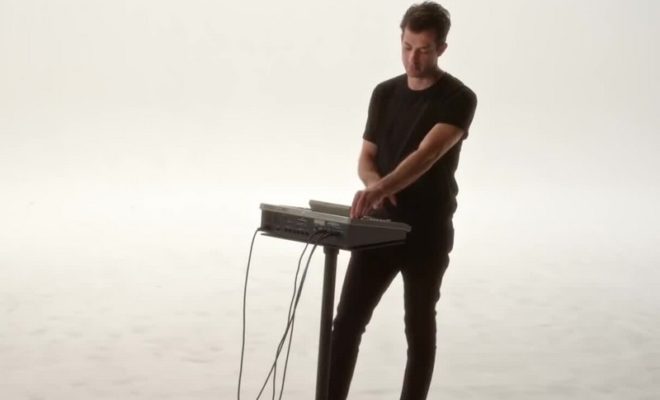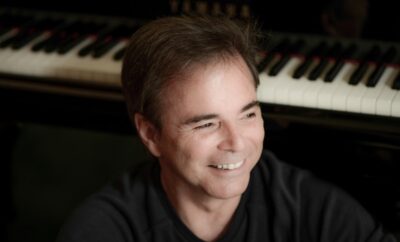
Features
Watch The Sound With Mark Ronson
By: Jennifer Vintzileos
Music juggernaut Mark Ronson has successfully managed to share the behind the scenes of music production—one episode at a time. In “Watch the Sound with Mark Ronson” viewers are given an inside look to music production and the history behind some of the most profound inventions creating the music we have come to know and love today. AFI Docs previewed the first three episodes of the new series with commentary from some of the biggest names in music and facts not quite so snooze-worthy. And after those first three episodes this much is clear—”Watch the Sound” is a must-see for all from the musically oblivious to the most seasoned pro.
Mark Ronson is known for his contributions to music from producing Amy Winehouse’s album Back to Black to creating such hits as “Uptown Funk” and “Shallow.” He’ll travel to Japan and peruse their record stores for new tracks to sample, appreciates a decent drum machine and his clientele/industry friends vary from Ezra Koenig of Vampire Weekend to the Beastie Boys and King Princess to Too $hort. In the first episode Ronson starts off by calling auto-tune “the sound of cheating,” but shortly after trying to understand how it was created and ways that artists have embraced the use of it in their music. By the end there is a newfound appreciation. This seems to be a theme of each episode: Ronson’s thoughts on the topic followed by a quick history lesson with commentary from various industry members and demonstrations of those discussed techniques. And, of course, lots of great music to keep you engaged.
In “Watch the Sound” Ronson comes off as a purist upon first glimpse, but his curiosity brings about a question that many of us think about: how is our music made? And he is a delight on camera, making me wonder why we have not seen him more front and center before. Ronson can discuss the nuances of how Disco 2 on the Roland CompuRhythm (CR-78) created that signature drum track for “In the Air Tonight” by Phil Collins and in the next scene get personal on how he got his first drum kit thanks to Simon Kirk from Bad Company. He weaves dialogue and musical application in such an effortless way that all of us can understand even the most technical of terms.
While the history lessons were quite on par with keeping me engaged in each episode, the commentary and music really drew me in. Hearing Paul McCartney explain how “Tomorrow Never Knows” utilized a sample of that signature seagull had me rushing to put on my Revolver record. This was followed by Sean Ono Lennon, John’s son, sitting with Ronson in studio and tinkering with his father’s voice in autotune on “Hold On.” I listened to Pete Drake & His Talking Steel Guitar on “Forever” with piqued interest. And as I wrote this review, Prince’s “When Doves Cry” played on repeat to figure out how that drum track was utilized. After each episode, your listening skills will seek to home in on those intricacies in your favorite songs.
“Watch The Sound with Mark Ronson” will give you a sense of nostalgia—maybe even a few music recommendations for your collection. But most of all, you will gain an appreciation for the music we have come to know and love through the eyes of the technology that helped create it. And maybe even creating a little music nerd in us all.
Watch The Sound with Mark Ronson premieres July 30th on Apple+TV.





You must be logged in to post a comment Login